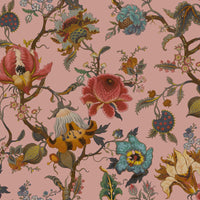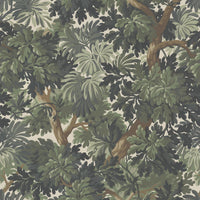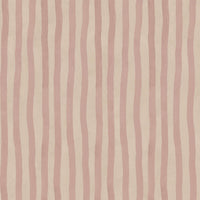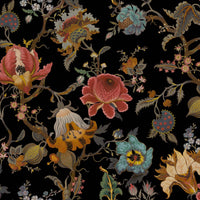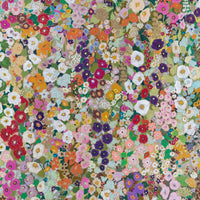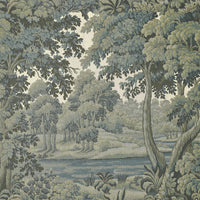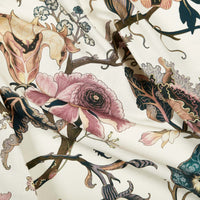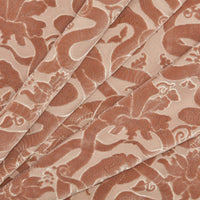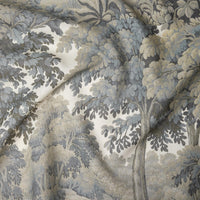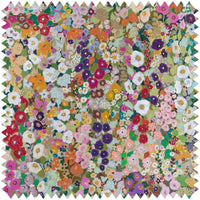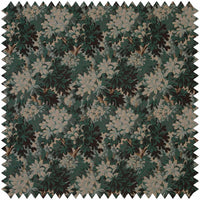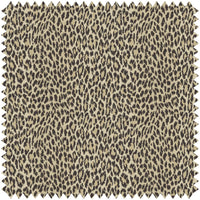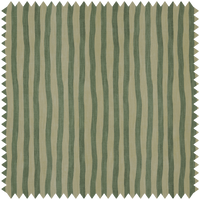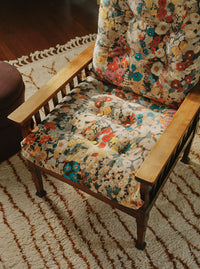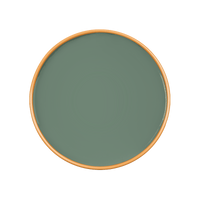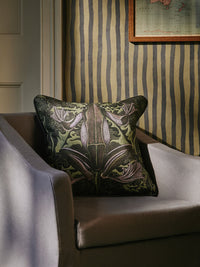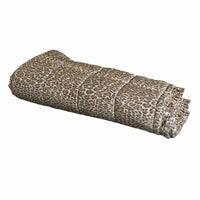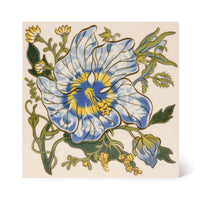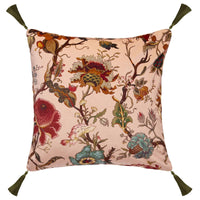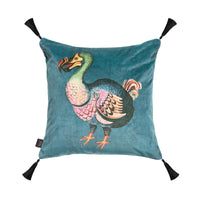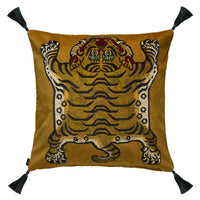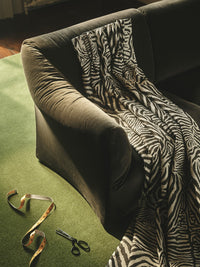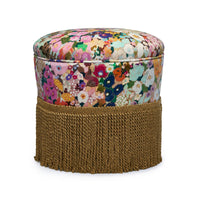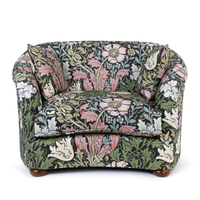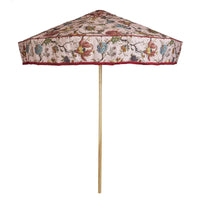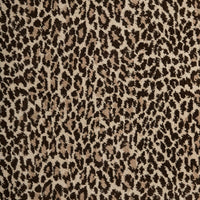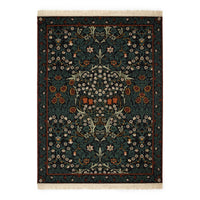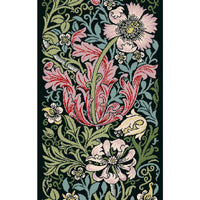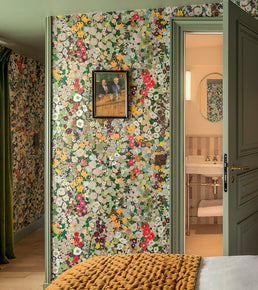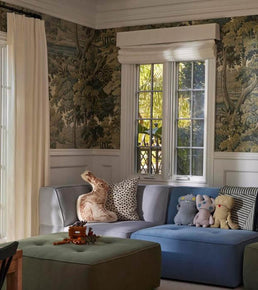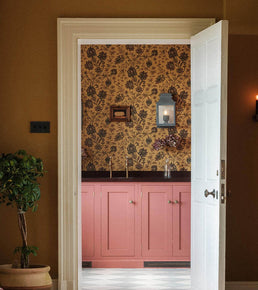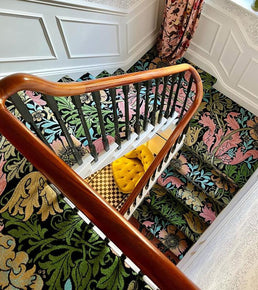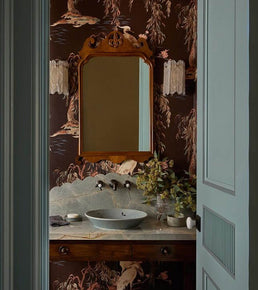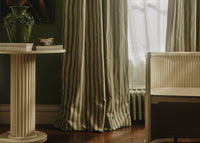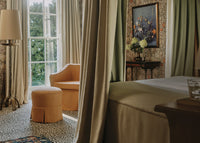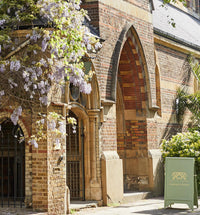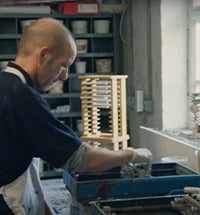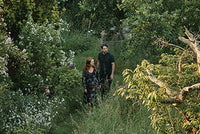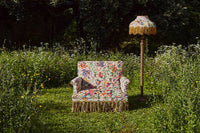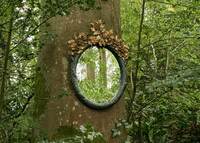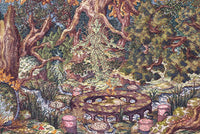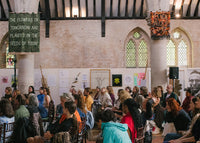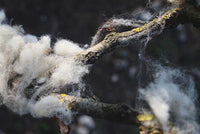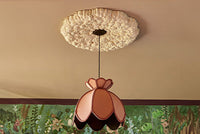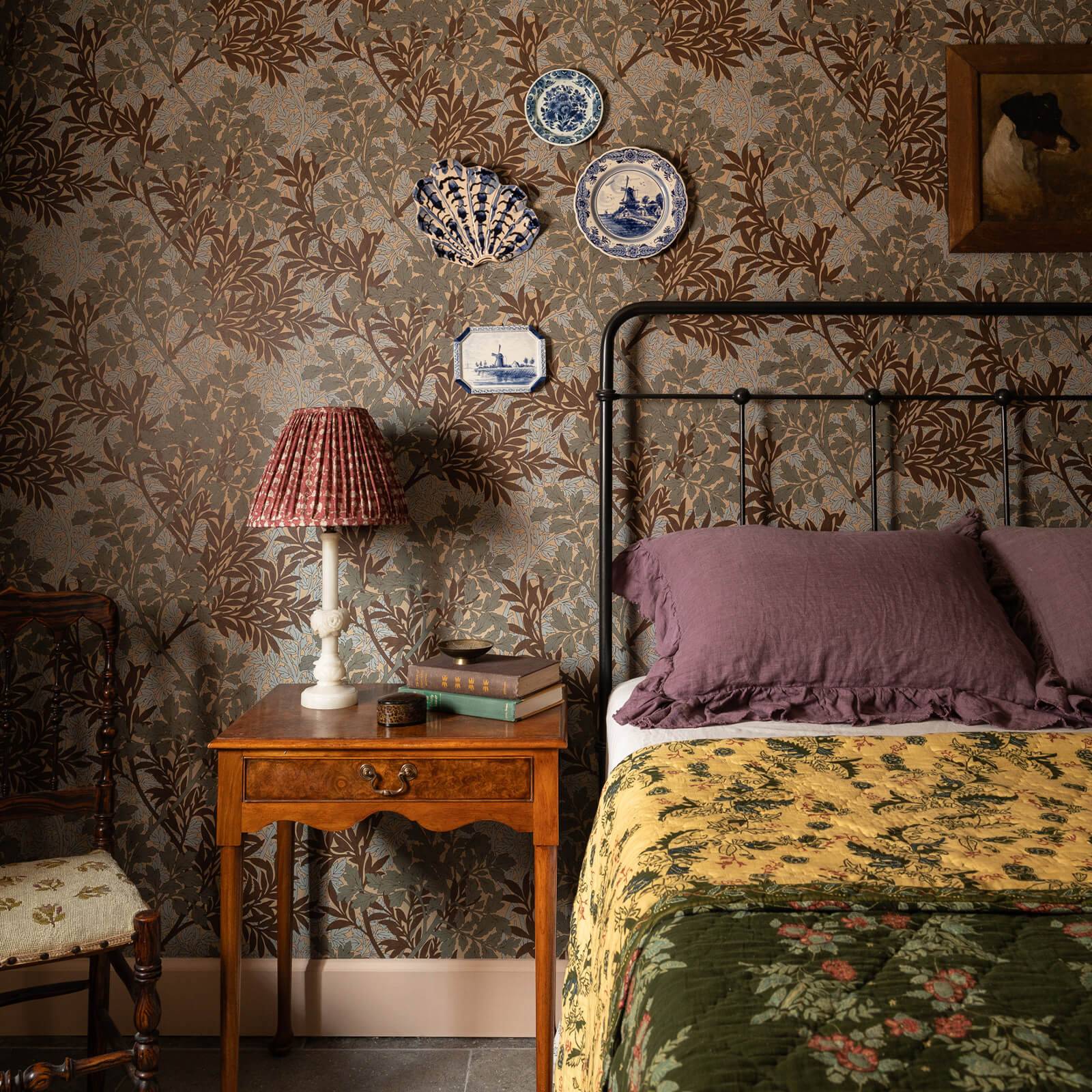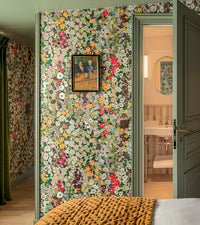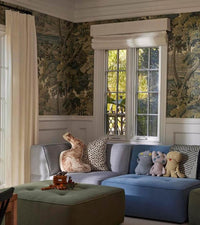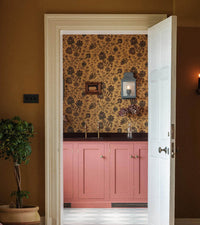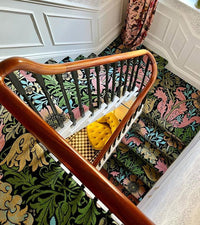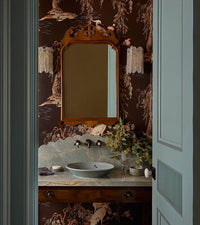As a brand rooted in the beauty of Nature, we thought long and hard about expanding into paint. Customers were asking for it, but that wasn’t enough. We knew the paint industry was complex and came with many environmental challenges; we had to know there was the possibility of offering a better product than the more traditionally made paint that is already available.
In 2022, we launched our paint collection, The Art of Nature, based on quality and aesthetics, inspired by hues from the natural world. A year later, when we made the decision to start learning how to become a regenerative business, we began digging deeper, looking at how we could change our paint ingredients to have less of an impact on Nature, whilst keeping the high quality we have come to be known for.
It's a big challenge, but staying true to our disruptive ways, we felt it was one we could take on. It is a slow road and we have learned so much along the way already.
Our hope is to add to honest conversations about the paint industry (see Edward Bulmer, Earthborn Paints and more) and see if we can get more businesses talking, sharing solutions and taking real action to change one of the most challenging industries globally.
Here is some of what we have learned so far.

THE PAINT INDUSTRY
THE PAINT INDUSTRY
Globally paints and coatings is a multi-billion dollar industry, estimated to be worth $206.56 billion in 2023.
Decorative paints, the type of paint we sell, make up $63.34 billion of that total. That market is set to grow to $108 billion in the next decade alone.
This equates to over 337 million litres of paint in the UK, and over 5 billion litres in the US.
As with all products, creating and selling paint comes with responsibility. Every step in the lifecycle of creating, selling, using and disposing of a product has social and environmental impact.
Awash with harsh chemicals, microplastics and outdated, wasteful production methods, it’s no secret that the impact of the paint industry is extensive. According to research:
- It is estimated that the paint and coatings industry contributes to approximately 2–3% of global industrial CO2 emissions. This is mainly due to the energy required for manufacturing and the use of petrochemical-based raw materials.
- The global emissions of VOCs (volatile organic compounds are chemicals which vaporise into the air) from paint are substantial. In the US, for example, paints and coatings contribute to approximately 20% of the nation’s total VOC emissions from consumer and commercial products.
- The paint industry is estimated to use over 1.6 billion liters of water annually worldwide for production purposes.
- Of the 337m litres of household paint sold each year in the UK, around 56 million litres end up unused, of which approximately 98% is poured down the drain or ends up in landfill or incineration.
- Worldwide, 1.9m tonnes of microplastic from paints end up in oceans and waterways.
When it comes down to it, in its current form, the paint industry is not “sustainable”. It has a long way to go, so while we work on improvements for our own paint collection, we want to help make sense of paint for our customers and highlight routes to better choices.
HOW IS PAINT ACTUALLY MADE?
Most paints contain four main ingredients: solvent, pigment, resin and biocide.
Pigment: This is the ingredient that gives paint its color and opacity. It will either be an earth pigment or an organic pigment. Earth pigments come from the ground, usually minerals or clay deposits, for example ochre, umber, and sienna. Organic pigments are either synthetic, manufactured through chemical processes or are derived from living organisms, for example indigo or cochineal.
Resin (or binder): Resin is the most expensive ingredient in paint. It is the substance that holds paint ingredients together and helps the paint adhere to surfaces, ensuring durability. The type of resin in paint can vary (e.g., acrylic, epoxy, oil-based), however the majority of decorative paint contains acrylic resin, including our own. More on that later.
Solvent: Solvents are liquids that dissolve resin and pigment to make the paint workable. Many decorative paints use water as a solvent while others, for example oil-based paint, use organic solvents such as mineral spirits. According to the British Coatings Federation, 84% of decorative paints sold in 2023 were water based.
Biocide: Biocide increases the shelf life of paint, it is an additive used to prevent mold, mildew, and bacteria growth. It stops paint from going off after a couple of weeks. We use the minimum amount of biocides possible in our paint, between 0.05% and 0.2% of the overall formulation, depending on the type of paint and colour.
Other ingredients used in paint can include titanium dioxide, talcum powder, barytes, cellulose thickener, kaolin, wetting agent, anti foaming agent, anti rust agent and more.
WHAT ABOUT "ECO-FRIENDLY" PAINT?
First off, what even is "eco-friendly" paint? How can you prove paint is eco-friendly? These are questions we started to ask ourselves when we looked into the UK Green Claims Code anti-greenwashing legislation.
As more and more companies work on “better” products and make claims about their benefits, it has become harder to understand what actually is better.
Our advice is to educate yourself, look closely for the details of what claims mean and if you don’t understand, ask the brand questions about ingredients, overall formulations and proof of benefits. Words and phrases to watch out for include Non-Toxic, Green, Eco-Friendly, Natural, Organic, Climate Positive. Check out the British Coatings Federation (BCF) Green Claims Guide for Decorative Paints for more details.

OUR PLANS FOR PAINT
OUR PLANS FOR PAINT
As it stands, our paint formulation is water-based, contains low volatile organic compounds (VOCs - see BCF explainer on VOCs here) and low odour. All of our paint is mixed-to-order by Richard Townsend and his team at Bailey Paints, a heritage factory in Gloucestershire, England. We produce small batches of base paint and mix colours as orders come in. This helps us to keep production waste low, roughly less than 0.5% annually coming from either human error in mixing or customer order errors.
Despite our paint’s excellent coverage, performance and quality, we know the ingredients have to change to keep with our regenerative mission. Starting with the most significant ingredient, an acrylic binder (between 22% - 55% of our paint ingredients are binder, depending on the type of paint), we have launched a product innovation programme to shift to a plant-based alternative. We are working closely with Richard and the chemist at Bailey Paints to test and trial potential formulations.
The industry is huge, and we are small, but we are mighty in our hopes and ambition, along with many other SMEs in the paint industry. We imagine a world where paint is fossil fuel free. Imagine with us and follow our progress here.

